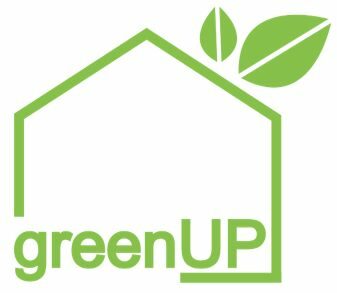l Life cycle assessment comparison of public buildings made of wood and mineral building materials and preparation for municipal decision-makers (ÖVERKOM).
Life cycle assessment comparison of public buildings made of wood and mineral building materials and preparation for municipal decision-makers (ÖVERKOM).
Term: 2021 – 2024
Project management: Prof. Dipl.-Ing. Architekt Ludger Dederich, HS Rottenburg
Professional accompaniment: Prof. Dr Michael Rumberg, HS Rottenburg
Project processing:
M.A. Architecture Katja Erdmann, HS Rottenburg
Dipl.-Ing. Architecture Holger Wolpensinger, HS Rottenburg
M.Sc. Architecture Marica Vitt, HS Rottenburg
Dipl.-Ing. (FH) Katharina Biesenthal, HS Rottenburg
 Project funding: Wood Construction Offensive Baden-Württemberg
Project funding: Wood Construction Offensive Baden-Württemberg
Ministry of Food, Rural Areas and Consumer Protection Baden-Württemberg
Description:
Despite increased political efforts to promote timber construction to counteract climate change, timber as a building material in non-residential construction is still the exception. There are also critical voices that question the sustainability of timber buildings. In public sector building projects, decision-makers in politics and administration are therefore repeatedly faced with the difficulty of presenting technically and scientifically sound arguments for or against timber construction in order to initiate projects in their municipality.
The research project is therefore looking into the question of how timber buildings perform in a direct comparison with mineral building materials in an ecological comparison and what arguments can be given to decision-makers.
In order to obtain reliable results, this life cycle assessment comparison is carried out in detail on the basis of five already realised public sector buildings. Buildings in timber construction are compared with variants of the same buildings in mineral construction and an ecologically optimised variant. The variants are depicted as virtual buildings. An administrative building, a school, a kindergarten, a sports hall and a multi-purpose building are compared in terms of LCA. In addition, other variants with relevant options for optimising the LCA of the buildings are considered. These are, for example, the transport costs of the building materials (keyword regional added value) or the influence of recycled building materials.
The calculations are carried out with the eLCA software in accordance with standard LCA rules. A review, as is usual for life cycle assessments, secures the results by independent experts.
